Sugar gliders go crazy over sweets. No wonder owners keep searching for new sweet treats for their little furry friends. Recently, we noticed this trend of offering sugar gliders peanut butter as treats. But is it safe? Can sugar gliders have peanut butter?
Sugar gliders will enjoy the sweet and nutty taste of peanut butter. However, their digestive system can not easily process the high-fat peanut butter content. As a result, the gliders are at risk of obesity and organ damage. Therefore, you must not feed the pets peanut butter on a daily basis.
Does it mean peanut butter only harms the sugar glider? Should you avoid this treat altogether? If yes, what would be an alternative to peanut butter? Catch the answers below.
Table of Contents
Can Sugar Gliders Eat Peanut Butter?
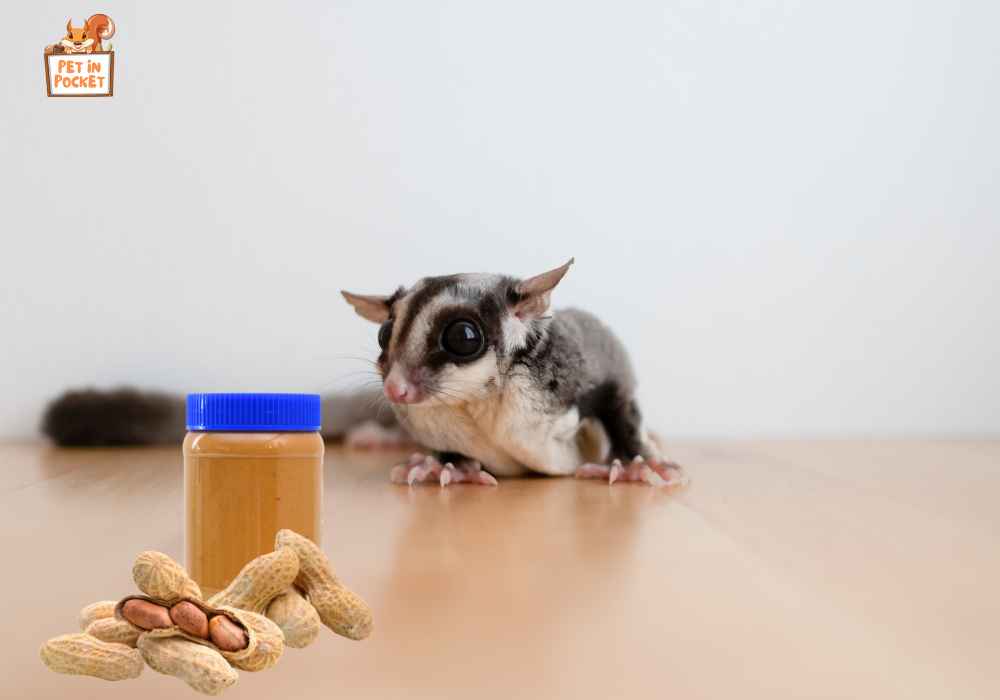
Your sugar gliders can eat peanut butter. However, the treat is safe for sugar babies only when fed in moderation. Why? Look at the major mineral contents of 100 grams of peanut butter, and you will understand why.
| Fat | 51.4 gram |
| Protein | 22.2 gram |
| Carbohydrate | 22.3 gram |
| Sugar | 10.5 gram |
Sure, peanut butter looks like a rich source of protein. But hey! Do not ignore the high-fat content.
Fatty elements make any food tasty and finger-licking. Hence, sugar gliders will feast on the peanut butter treats and might beg for more. But do not forget the inability of your gliders to digest fat.
Feeding the furry balls peanut butter every day will soon take a toll on their health. Obesity, organ damage, cloudy eyes, and lethargy are common in these sugar gliders. Therefore, peanut butter is only okay as an occasional treat.
However, we strongly discourage keepers from offering their gliders peanut butter. The commercial peanut butter you buy from the store includes hydrogenated vegetable fats, preservatives, and toxic chemicals. Those are barely healthy for humans, and you feed them to your tiny gliders. What a joke!
So, we would suggest you avoid peanut butter if possible. You can offer it only as a treat once in a while. And, of course, feed the sugar gliders high-quality, non-roasted peanut butter.
Health Hazards of Peanut Butter for Sugar Gliders
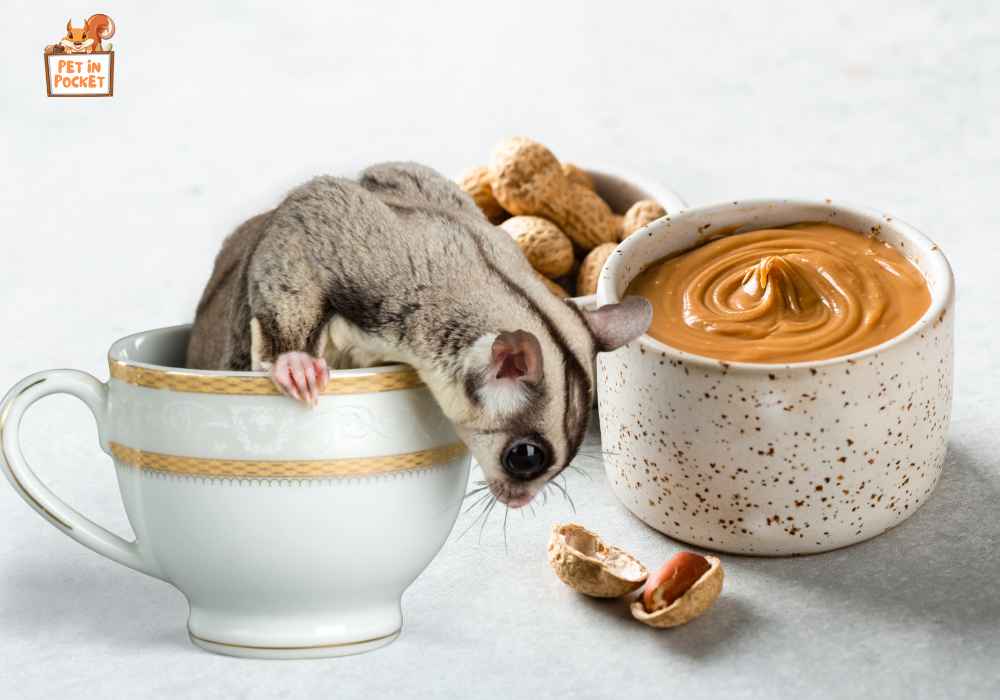
Though peanut butter seems harmless to us, it is not so safe for our sugar gliders. Our furry pets lack the ability to quickly fat digestion. Therefore, their bodies struggle to break down the high fatty content of peanut butter, and make them suffer in the long run. The dangers of peanut butter for gliders are,
1. Liver Damage
The contaminated peanut contains traces of aflatoxin, which is highly poisonous for sugar gliders. The toxin may not disappear even when the peanut is processed and converted into peanut butter.
Hence, there is a risk of the gliders getting aflatoxicosis after eating peanut butter. Sadly, sugar gliders with aflatoxicosis can not survive long as the toxin completely damages the liver.
2. Obesity
Peanut butter is high in fat. Sugar gliders are bad at squeezing out energy from fat. As a result, the excess fat accumulates in different body parts of the gliders, making them obese. VCA Animal Hospitals suggests that a sugar glider is officially obese when it is 20% of its normal body weight.
Now, obesity is no blessing for the sugar gliders. Professionals say that an overweight glider faces inconsistent sleeping patterns. The pocket pets become so lethargic that they do not participate in any activity. Soon, the gliders might develop arthritis in their joints. They will have trouble walking and limp their way out.
3. Heart Disease and Other Health Concerns
Obesity, along with low movement, can not be healthy. Stuffing your sugar gliders with peanut butter puts pressure on their organs. For instance, they might suffer from heart disease and organ failure.
Moreover, sugar gliders will grow weaker with time. This is because peanut butter can not satisfy their nutritional requirements. Therefore, our furry friends develop mineral deficiency. Due to their low immune systems, they are prone to fractures and any common disease.
Should You Avoid Feeding Sugar Gliders Peanut Butter Altogether?
We are strict about our sugar gliders’ diet and avoid feeding them commercial peanut butter. However, many keepers buy bite-size peanut butter drops for their little gliders. Brands claim that these treats have a low-fat content and are safe for sugar gliders.
Always check the label before offering the drops to your furry pets. Do not stuff your pets with peanut butter in any situation.
Anyway, peanut butter does have some beneficial properties for sugar gliders. For starters, this can be a rich source of protein for the gliders. VetCare Pet Hospital confirms that sugar glider meals must include at least 25% protein.
Can sugar gliders have peanut butter? Yes, but only if you feed them this sweet treat in moderation. Make sure that the store-bought peanut butter is not roasted and contains no toxic chemicals.
A Healthy Alternative to Peanut Butter for Sugar Gliders
We always advise keepers to look for a healthier and tastier treat with zero side effects. Some fun treats are,
- Dry cereals
- Popcorn
- Pop tarts
- Yogurt drops, etc.
Well, we prefer sticking to a natural treat for our sugar gliders. We give them a fruity punch to satisfy their sweet teeth. Our favorite fruit treats for gliders are,
- Strawberry
- Mulberry
- Blueberry
- Cherry
- Banana
- Apple
- Cantaloupe
- Melon
- Fig
- Grape
- Orange
- Papaya
- Peach
- Date
- Apricot, etc.
Just dice the fruits into tiny pieces and offer them to your sugar gliders. They will love the juicy and sweet fruity treats. As fruits are natural, there are barely any health risks. However, you better remove the seeds before serving the fruits to your gliders. Some seeds contain toxic elements, and your sugar gliders might choke on the treats.
Furthermore, we add live insects (e.g., mealworm, waxworm, earthworm, cricket, etc) the sugar glider’s cage daily. Our furry pets love hunting the worms and insects. It meets their daily protein requirements and boosts their appetite.
How Do You Introduce New Treats to Your Sugar Gliders?
If your sugar gliders are so habituated to peanut butter, they might resist any new treat coming their way. Of course, forcing the gliders to eat anything is out of the question. So, you better find a way of introducing the new dish to the pets. Our tips are as follows,
- Instead of offering the treat as a whole, cut them into bite-size pieces.
- Add sweet and juicy fruits at first. Sugar gliders have sweet teeth, and the fruits might tempt them.
- Scatter live insects and worms inside the cage. It will raise the wild instincts in the sugar gliders and boost their appetite immediately.
- Sugar gliders often fall for human foods like boiled, unseasoned chicken and turkey. They also enjoy boiled eggs. You can use these items in moderation to shift the unhealthy food habits of your furry pets.
Conclusion
Hedgehogs can eat romaine lettuce in moderation. This lettuce is low in fiber and high in minerals. Yet, you need to offer the green in small portions. It is even better if you mix romaine lettuce with a fiber-rich vegetable or leafy green.
Iceberg lettuce, on the other hand, is not healthy for hedgehogs. This green contains high water content and low mineral percentage. Therefore, pets can be at a risk of mineral deficiency.
FAQs
Can sugar gliders have peanuts?
Peanuts contain traces of aflatoxin. Sugar gliders can suffer from aflatoxicosis if they eat contaminated peanuts. As a consequence, the sick pet will face liver damage and die at an early age.
What foods are toxic to sugar gliders?
Fruits and vegetables high in oxalate and phosphorus are toxic to sugar gliders. Garlic, leek, and onion are also unsafe for pets. Likewise, we recommend you avoid offering your gliders chocolates, dairy products, and processed foods.
Is honey OK for sugar gliders?
In the wild, sugar gliders eat raw and unfiltered honey. Mixing honey with daily food makes an excellent treat for the gliders. We use filtered honey, as raw honey might not sit well with the captive-bred sugar gliders. Honey is high in carbohydrates, so we suggest using it in moderation. Finally, sugar gliders love honey dissolved in water.
Can sugar gliders eat bread?
Sugar gliders do enjoy the grainy breads once in a while. However, bakery items are not recommended for the gliders at all as they are high in carbs. Excessive carbohydrates will make the sugar gliders obese, exposing them to heart disease and organ failure.
Can sugar gliders eat almonds?
Sugar gliders love munching on nutty treats. Almonds, walnuts, pine nuts, and pistachios are safe when fed in moderation. Gliders can also eat unsalted and unroasted peanuts. Make sure that the nuts are not contaminated with any fungi.
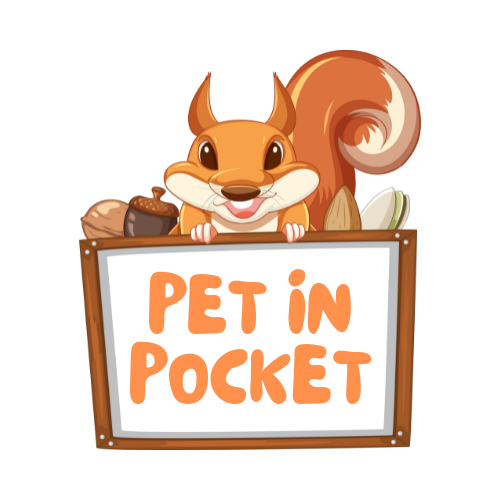

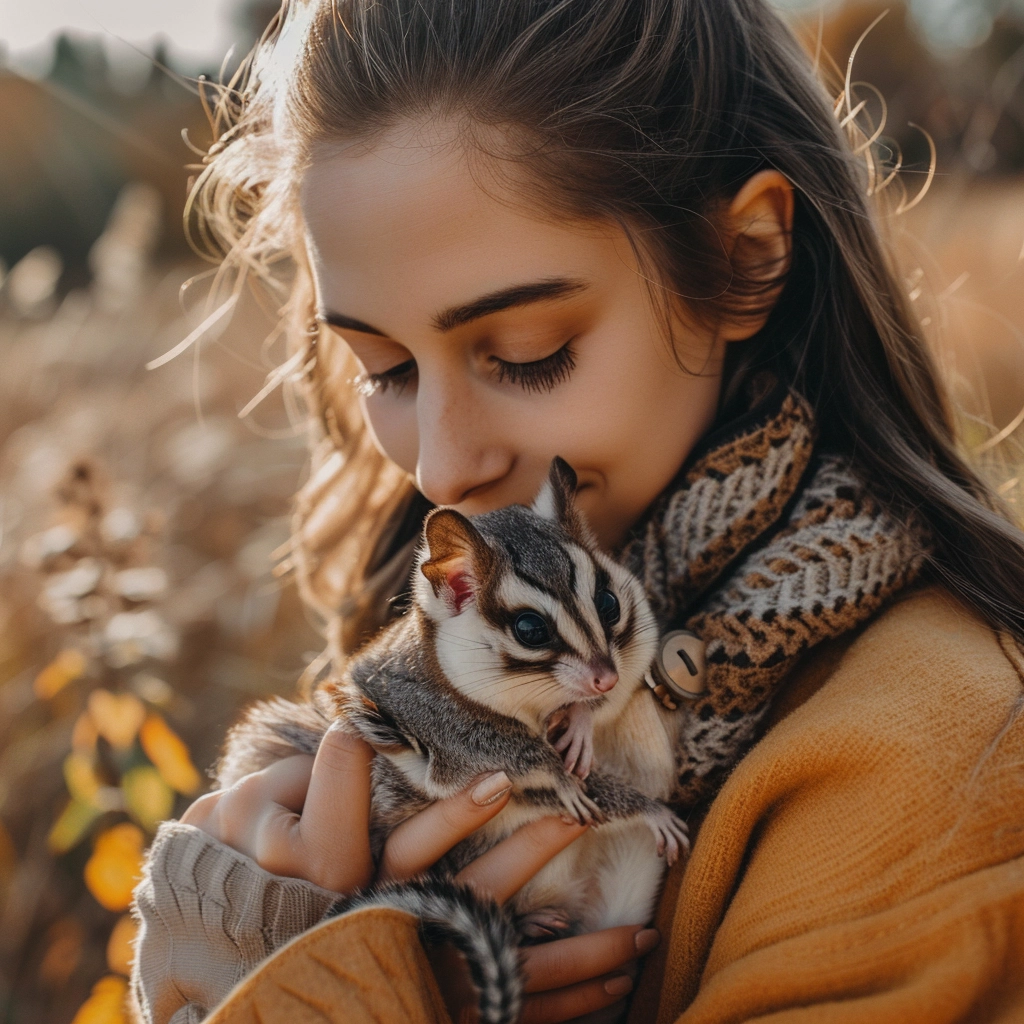
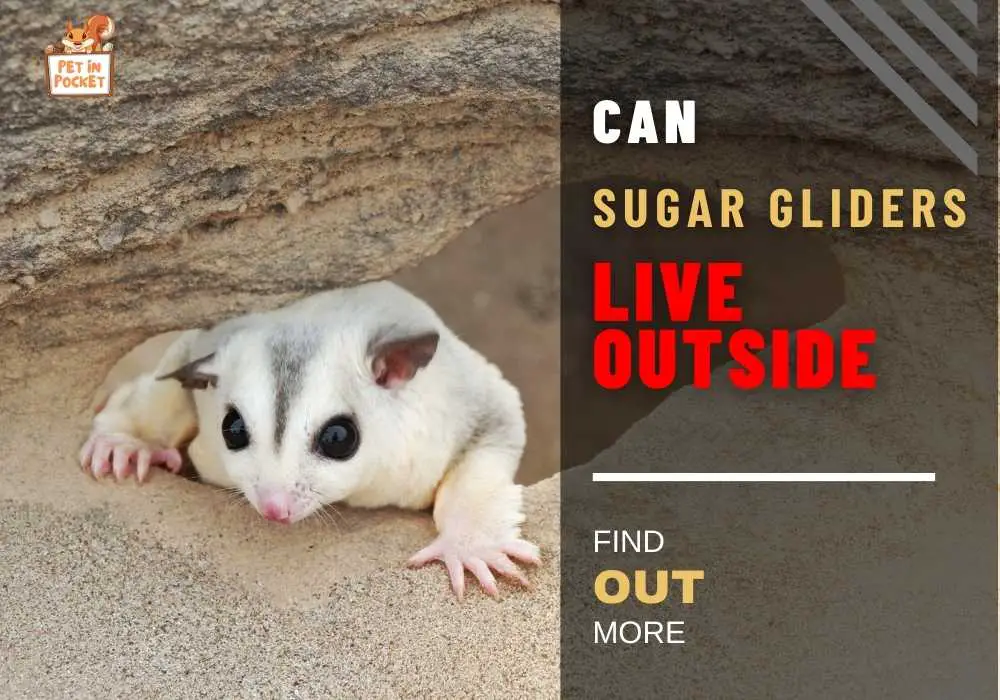
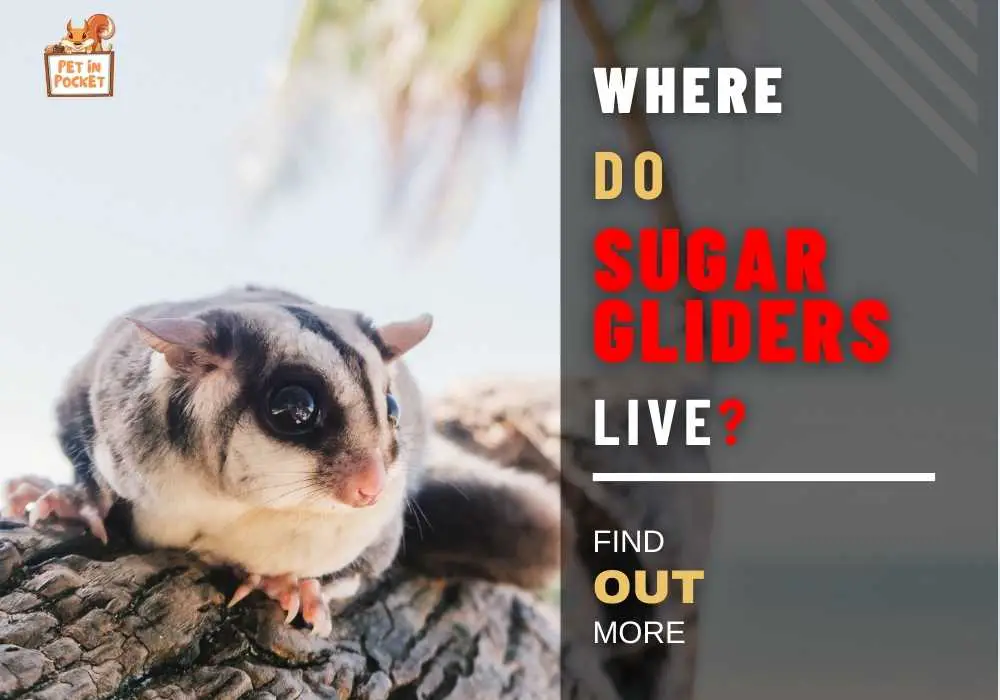
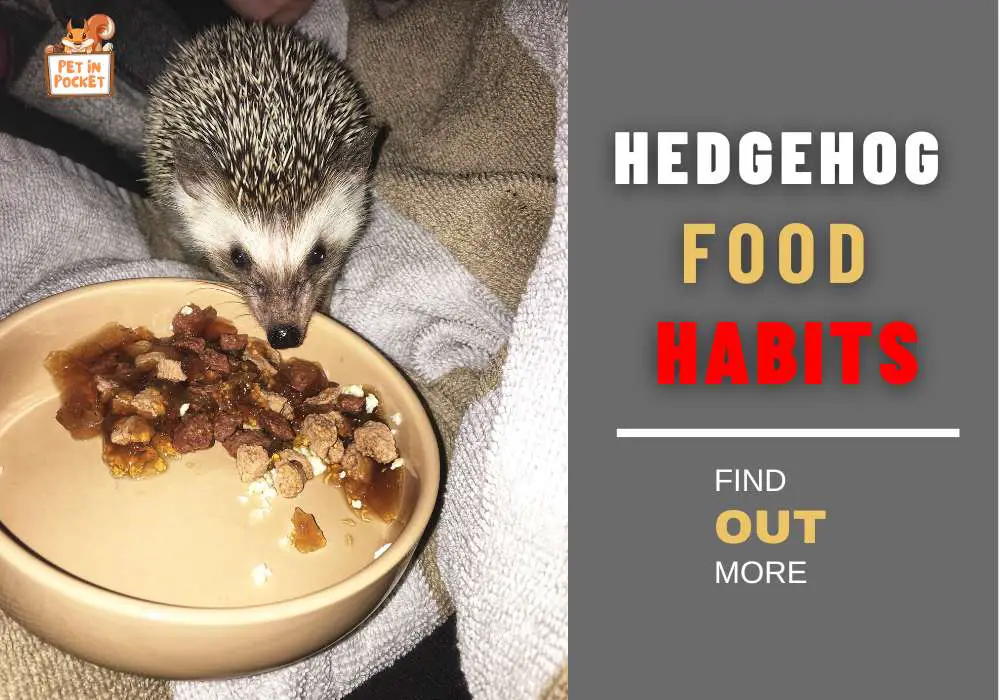
Leave a Reply